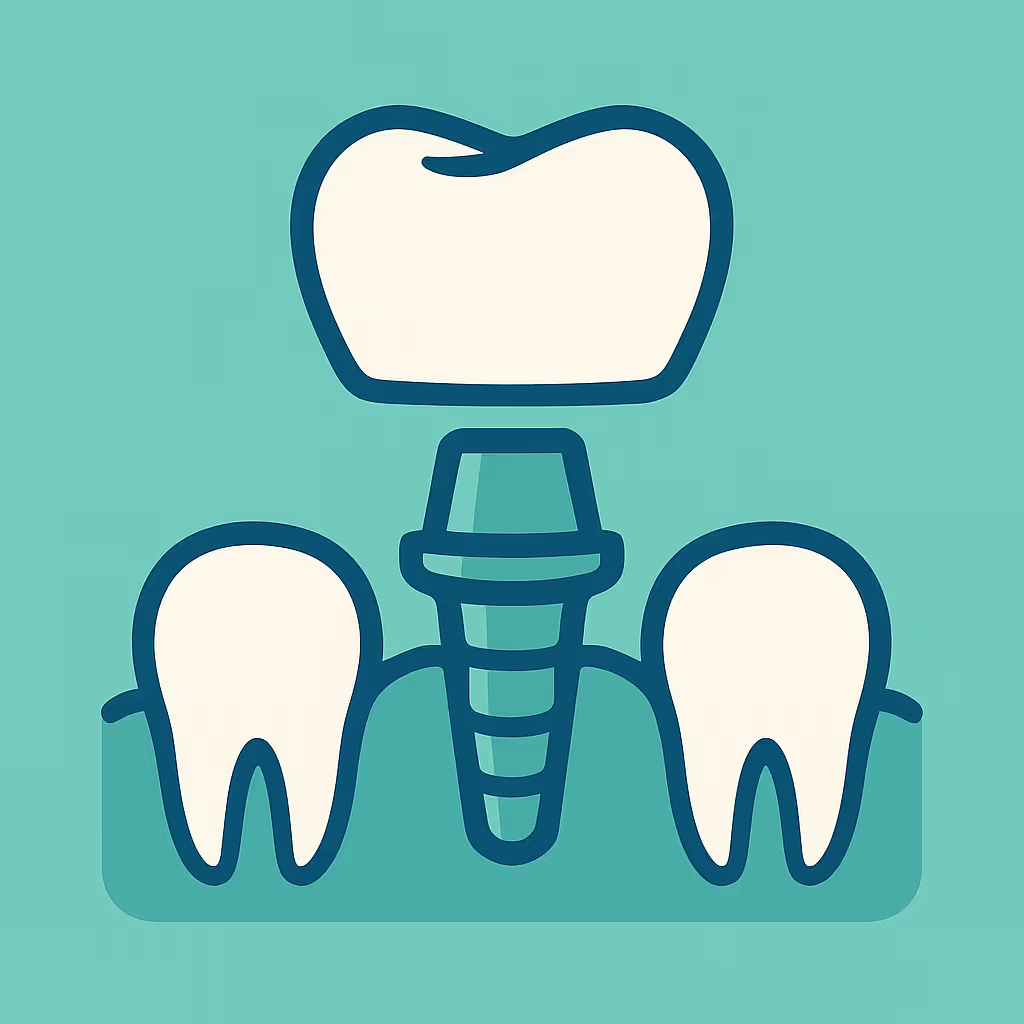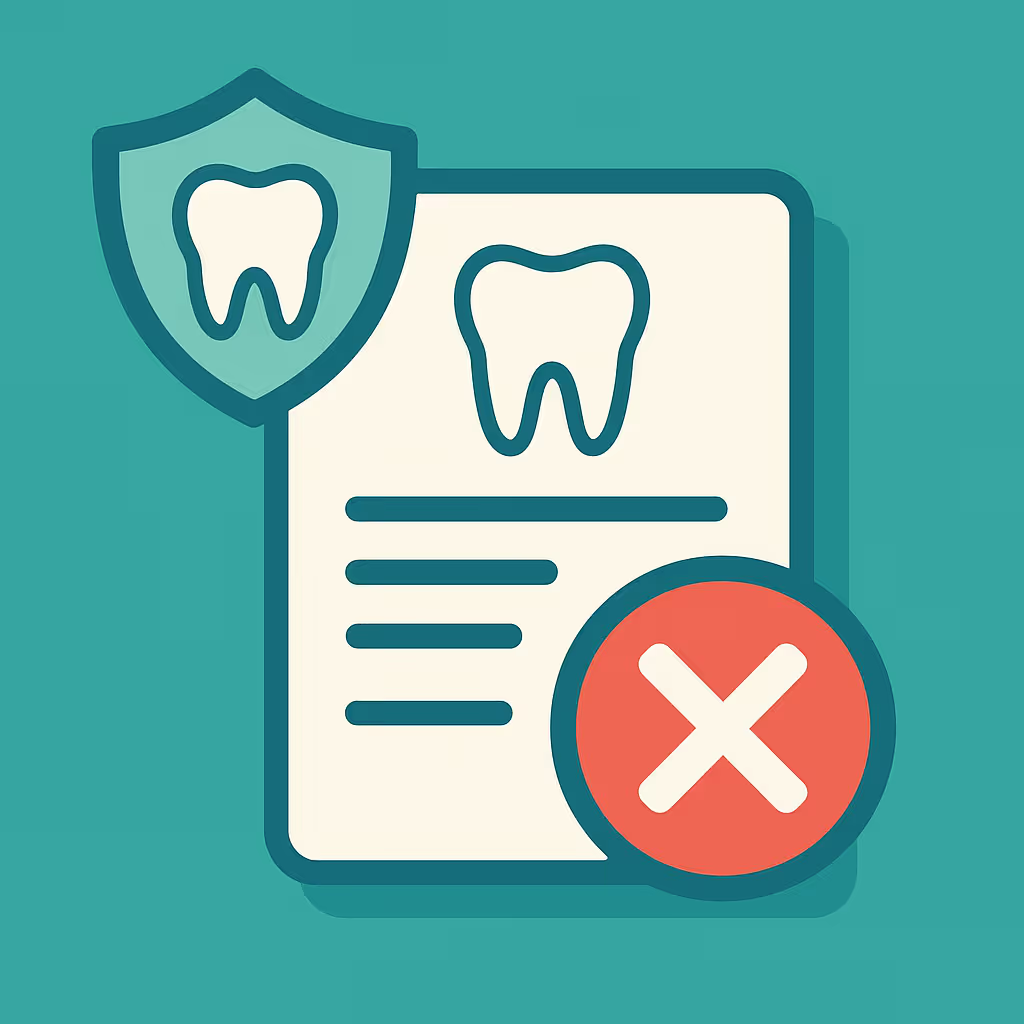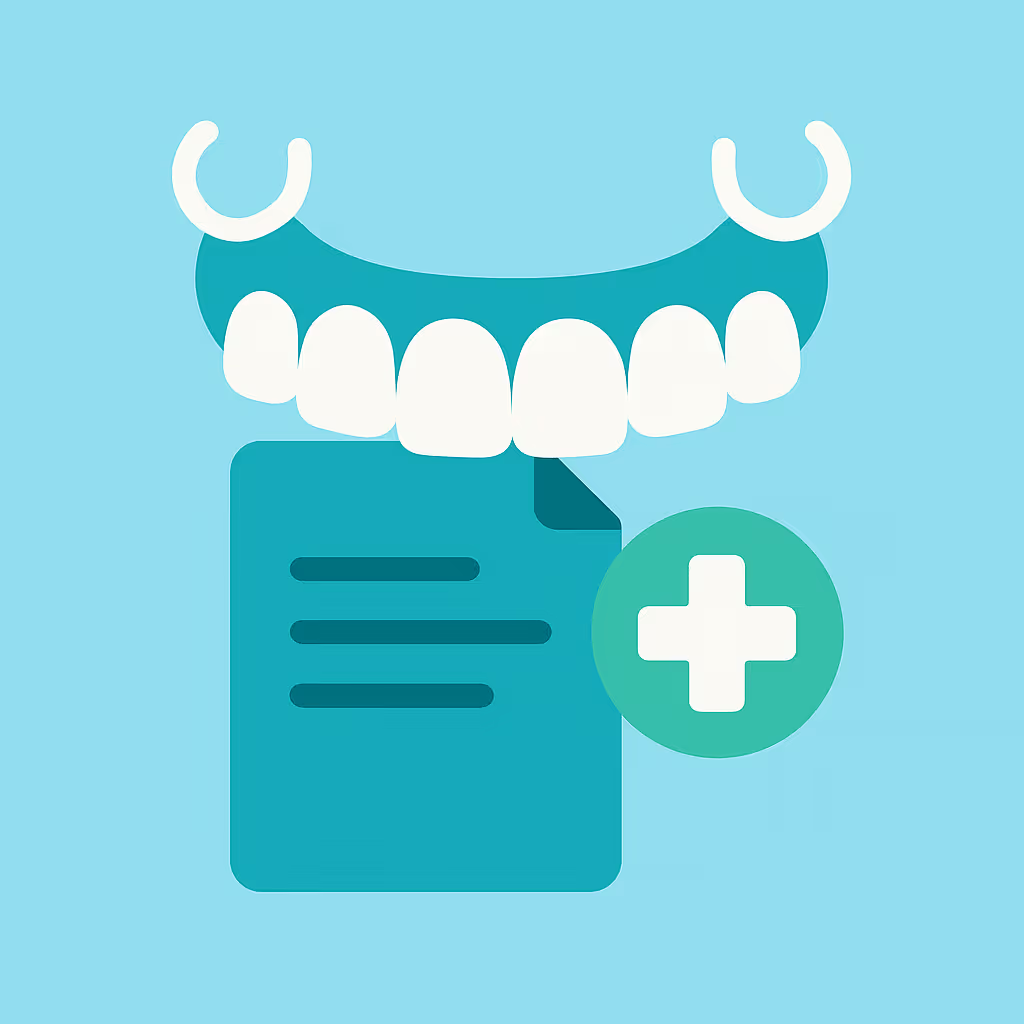Understanding Dental Code D7710
When to Use D7710 dental code
The D7710 dental code is a CDT (Current Dental Terminology) code used to report the maxillectomy procedure, specifically the surgical removal of all or part of the maxilla (upper jaw). This code is typically used in cases involving extensive pathology, trauma, or tumors that require partial or complete removal of the maxilla. Dental offices should use D7710 only when the clinical documentation clearly supports the necessity for this major surgical intervention, distinguishing it from less extensive procedures coded under different CDT codes.
Documentation and Clinical Scenarios
Accurate documentation is critical for successful reimbursement of D7710. Clinical notes should include:
- Detailed diagnosis and justification for the maxillectomy (e.g., presence of malignant tumor, severe trauma, or infection).
- Pre-operative radiographs and imaging that demonstrate the extent of pathology.
- Operative report describing the surgical approach, extent of resection, and any reconstruction performed.
- Post-operative care instructions and follow-up plan.
Common clinical scenarios for D7710 include oral cancer treatment, aggressive cysts, or severe facial trauma. If only a portion of the maxilla is removed, ensure the documentation specifies the anatomical area and rationale, as this impacts code selection and claim approval.
Insurance Billing Tips
Billing for D7710 requires attention to detail and proactive communication with payers. Here are best practices:
- Preauthorization: Always verify insurance benefits and obtain preauthorization before scheduling surgery. Submit clinical notes, radiographs, and a narrative explaining medical necessity.
- Claim Submission: Use the D7710 code on the claim form, and attach supporting documentation. Clearly indicate if the procedure is related to a medical condition, as some payers may process this under medical insurance.
- Coordination of Benefits: For patients with both dental and medical coverage, coordinate benefits to maximize reimbursement. Include cross-references to related medical CPT codes if applicable.
- Appeals: If a claim is denied, review the EOB (Explanation of Benefits) for the reason. Submit a detailed appeal with additional documentation, such as pathology reports or letters from referring physicians.
Staying current with payer policies and CDT code updates ensures accurate billing and reduces AR (Accounts Receivable) delays.
Example Case for D7710
Case Study: A 55-year-old patient presents with a malignant tumor involving the left maxilla. After interdisciplinary consultation and imaging, the oral surgeon determines a partial maxillectomy is required. The dental office submits a preauthorization request with clinical notes, imaging, and a narrative. Upon approval, the procedure is performed and documented thoroughly. The claim is submitted with D7710, operative notes, and pathology report. The insurance payer approves the claim, and payment is posted promptly, minimizing AR days.
This example highlights the importance of comprehensive documentation, insurance verification, and timely claim submission when using D7710.





